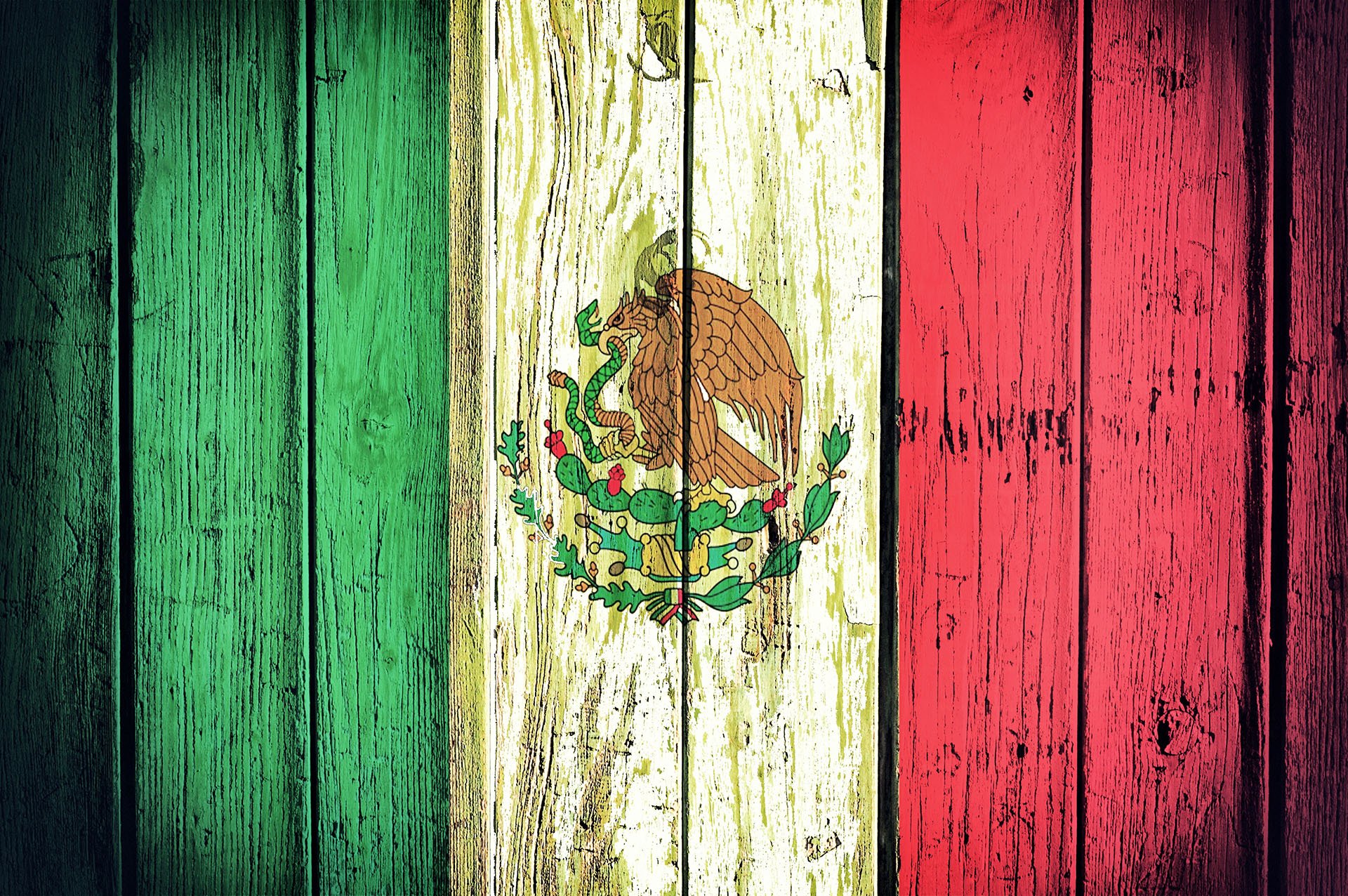Definitive Guide to Cinco de Mayo Gifts.
Cinco de Mayo is Friday, May 5, 2024 🇲🇽
Cinco de Mayo is a Mexican holiday celebrated on May 5th every year. It commemorates the Mexican army's unlikely victory over French forces at the Battle of Puebla on May 5, 1862. The battle was significant in Mexican history as it helped boost morale and resistance against the French occupation, which lasted for several years. Today, Cinco de Mayo is celebrated as a symbol of Mexican pride and unity, not just in Mexico but in other parts of the world with large Mexican populations.
While Cinco de Mayo has become a popular holiday in the United States and other countries with large Mexican communities, it is not a national holiday in Mexico. Therefore, its celebrations are less widespread than other Mexican holidays like Independence Day. Nonetheless, the holiday allows Mexicans and people of Mexican descent to celebrate their culture, history, and identity. Festivities include parades, parties, traditional food and drink, music, and dancing.
The tradition of exchanging Cinco de Mayo gifts is less widespread than other cultural celebrations like Christmas or Valentine's Day. However, some people may exchange gifts to show appreciation and solidarity with Mexican culture and heritage. These gifts may include traditional Mexican items like pottery, textiles, handmade crafts, and festive items like piñatas, sombreros, or mariachi music CDs. Additionally, some businesses may use the holiday as a marketing opportunity by offering special promotions or discounts on their products or services.
Using a universal wishlist for Cinco de Mayo gifting can be a helpful way to ensure that everyone involved in the gift exchange is on the same page and clearly understands each other's preferences and expectations. A universal wishlist can also help avoid duplicate gifts or gifts not well-suited to the recipient's tastes. In addition, creating a shared list allows participants to easily communicate their desired items, share links to specific products or stores, and coordinate the exchange logistics, helping to make the gifting process more efficient, enjoyable, and meaningful for all involved.
Popular Cinco de Mayo Gifts
Mexican-themed decorations: This could include things like piñatas, papel picado (decorative paper banners), or brightly colored tablecloths.
Food and drink: Traditional Mexican cuisine is an integral part of the Cinco de Mayo celebration, so gifts of favorite Mexican snacks or beverages like margarita mix, tequila, or Jarritos sodas can be a nice gesture.
Music and entertainment: Mexican music is an integral part of the Cinco de Mayo celebration, so gifts of mariachi music CDs, DVDs of classic Mexican movies, or tickets to a local dance or music event can be appreciated.
Cultural items: For those interested in Mexican culture, gifts of Mexican handicrafts like pottery, textiles, or jewelry can be meaningful and appreciated.
Clothing and accessories: Mexican-inspired clothing like embroidered blouses, sombreros, or ponchos, as well as accessories like scarves or bags, can also make for thoughtful Cinco de Mayo gifts.
History of Cinco de Mayo
Cinco de Mayo commemorates the Mexican army's victory over French forces in the Battle of Puebla on May 5, 1862. Mexico faced financial difficulties at the time and had recently defaulted on its debts to several European countries, including France. In response, a French army under the command of General Charles de Lorencez was sent to Mexico to demand payment and establish a French-controlled government.
On May 5, 1862, the French army, considered one of the best in the world at the time, attacked the Mexican army in Puebla. Despite being outnumbered and outgunned, the Mexican army, led by General Ignacio Zaragoza, repelled the French forces and achieved a surprising victory. Although the battle did not end the French occupation of Mexico, it was a significant symbolic victory that helped to boost Mexican morale and resistance against the French.
Today, Cinco de Mayo is celebrated as a symbol of Mexican pride and unity, not just in Mexico but in other parts of the world with large Mexican populations.

